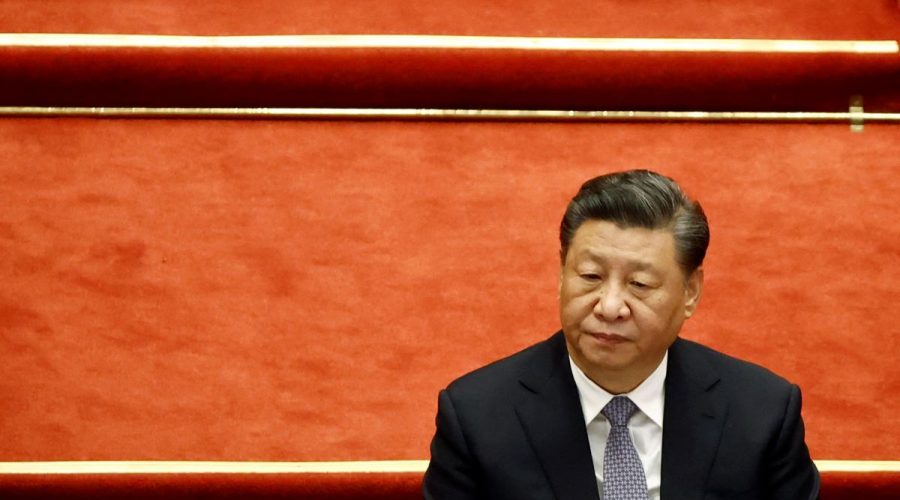Buddhism in Tibet would truly be a tale of yesterday and a history, especially if President Xi Jinping secures an unprecedented third term of the leadership of the Chinese Communist Party (the first since Mao Zedong).
Tenzing Dhamdul, writing in Tibet Rights Collective (TRC) said that the possibility is highly predicted and seems to be more likely than ever, inferring from the several changes in leadership and constitutional amendments carried out by Xi’s government.
After Xi Jinping became the president of China, there has been a gradual shift in CCP’s view and policies over Buddhism in Tibet which, as of recent times, has been attacked through various channels by the government.
The CCP under Xi did not appease the religious community but rather adopted a hard-handed approach much like the Machiavellian approach of governance, where fear is used to gain obedience, said Dhamdul.
This was followed up by the intentional targeting of tangible Buddhist structures. The destruction of Larung Gar in Tibet – the world’s largest Buddhist monastic institution in 2016 – was just the beginning of what was to come.
Such draconian measures led to many monks committing self-immolation between 2013 and 2020 because of the dire situation they were placed in when it came to practicing the faith they believed in.
Since 2021 when Xi consolidated his power and signalled an era of dictatorship in China, the project of demolishing Buddhism in Tibet has gained further impetus, reported TRC.
In late December 2021, a very prominent 99-foot Buddha statue was completely demolished along with the 45-huge prayer wheels surrounding it in Drakgo, Kham, situated in the Chinese demarcated Sichuan province of Tibet.
This statue was just completed in 2015 after gaining all the required paperwork from the Chinese government and was constructed because the region and its people sought protection from the frequent earthquakes impacting it.
And to many observers, it signalled towards the road ahead under president Xi’s confirmed dictatorship. The buck did not stop there as another three-story Maitreya Buddha statue was recently demolished by the CCP in this very region, thereby creating a nexus of demolishing Buddhist structures in Kham.
To further highlight the insensitivity of the ruling CCP under Xi, there has been a strong move in preventing the propagation of Tibetan Buddhism in Tibet and China.
This is clearly seen through the recent announcement by the “Measures on the Administration of Internet Religious Information Services”, whereby it gave authorities directives and measures to clamp down on online religious activity.
This move impacted the online WeChat groups heavily in Tibet, where the presence of Buddhist groups had grown and had gained huge popularity with the advent of the pandemic.
Not stopping there, the most recent attack has been on the Tibetans in Amdo (Chinese demarcated Qinghai province) where Chinese officials have now warned and given notice to Tibetans to not keep any portraits of Tibetan religious teachers in exile.
Since Xi’s consolidation of power, the CCP has been ruthless and adopted a two-pronged approach of eradicating and Sinicizing Tibet’s religion. One, destroying Buddhist structures and two, eradicating the very means and agencies of Buddhist learning, be it online, which had gained much traction during the pandemic.

